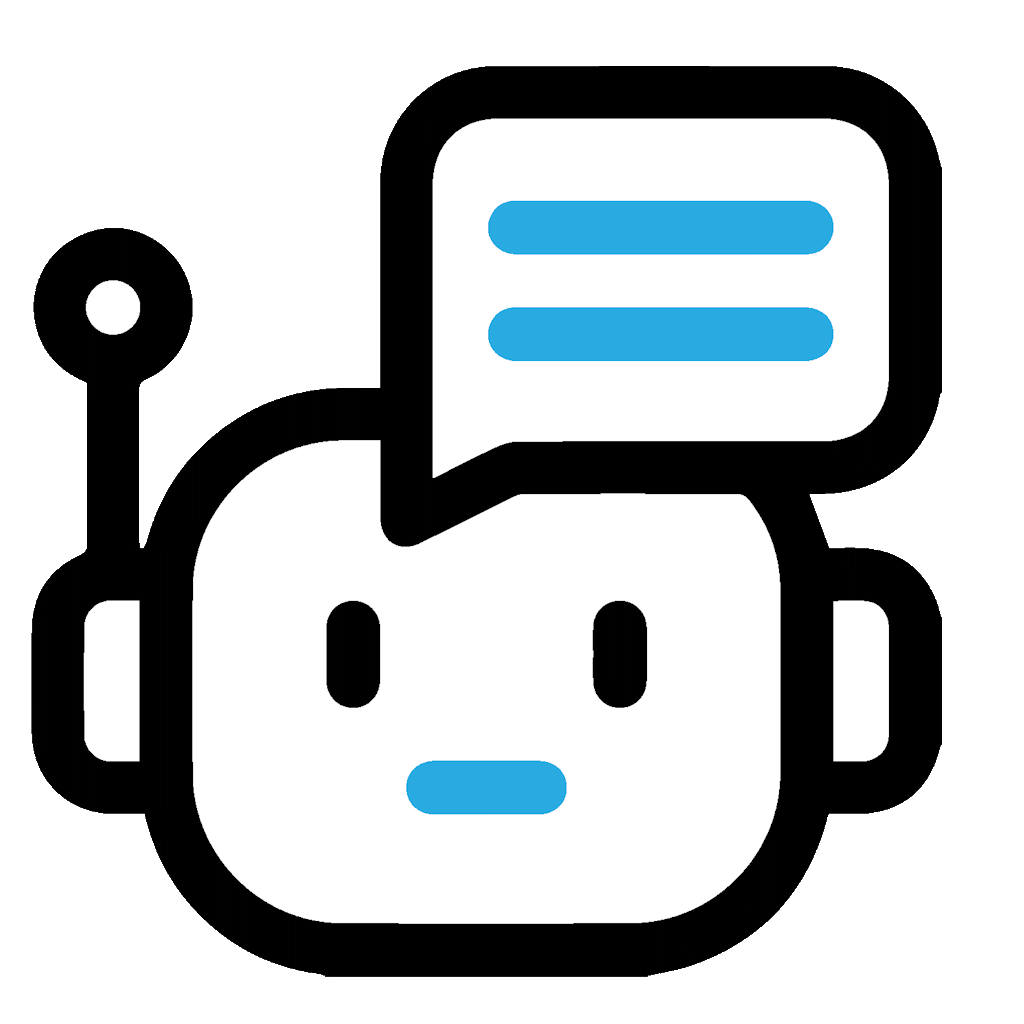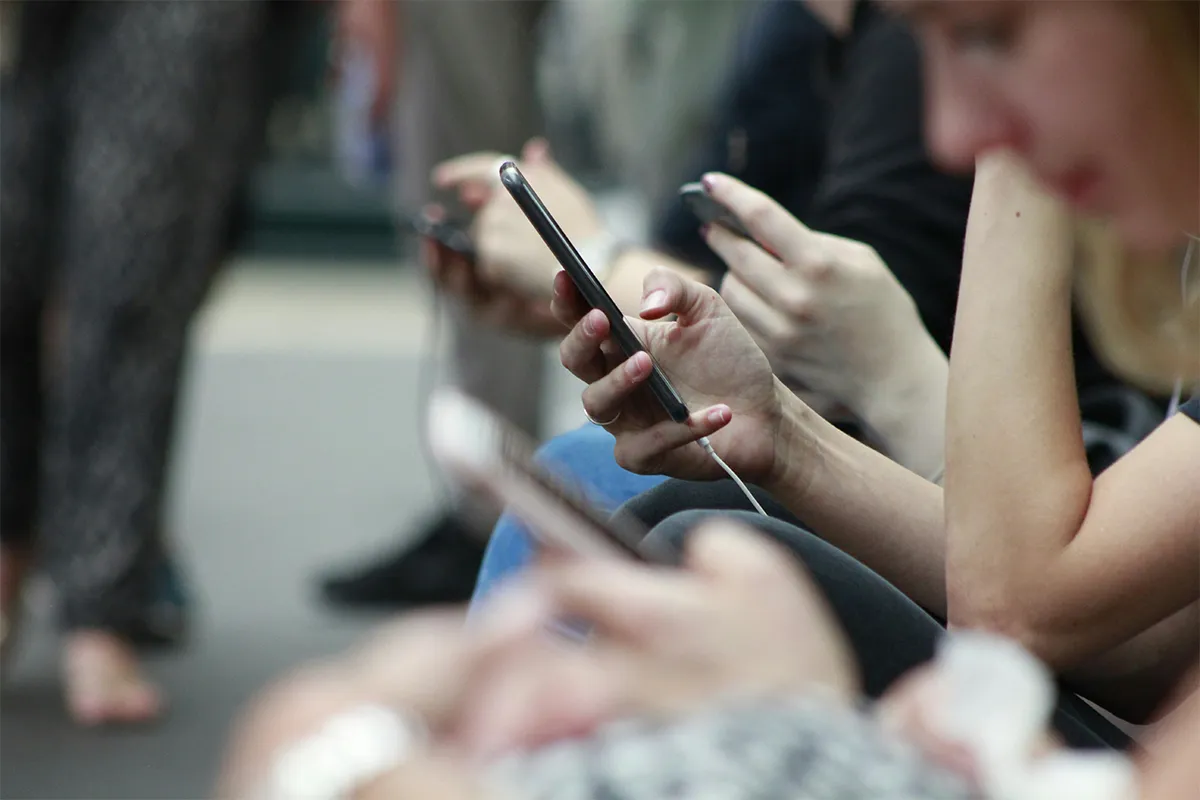Have you ever resisted scrolling social media apps on your mobile phones? This has happened almost every day ever since the smart mobile phone was introduced. The social media apps are increasingly becoming addictive. They have been designed to keep you captivated, and you keep scrolling for long hours. The mantra of “one more” keeps you glued to the screen, and it eats a chunk of your time. There is no limit to social media addiction, and the content never ends.
The list of the side effects of doom-scrolling is large, including anxiety, mental fatigue, physical tiredness, disturbed sleep, diminished focus, and reduced productivity. Time flies, and when your energy is drained, you feel overwhelmed, burned out, and disconnected, finding it hard to get back on track or stay motivated.
The disease of doomscrolling has become very common, and every other person suffers from its impact on daily life. This necessitates to find out some practical remedies to doomscrolling.
Top 7 Ways to Stop Doomscrolling
It is important to regain focus after doomscrolling. This helps improve productivity and mental well-being. Without action, the habit of reading negative content can cause stress and low energy. People can reclaim their time by using techniques to focus. They can avoid distractions and feel better emotionally.
Way 1: Set Limits for Social Media
You need to set clear limits for your social media use. If you do not have limits, you can get lost in scrolling. This often wastes time and reduces productivity. When you set limits, you can control how much time you use social media. This ensures it does not harm your focus or well-being. Setting limits helps you have a better balance. You can use social media in an active way instead of a passive way.
- Limit Daily Time on Social Media: You should set a daily limit on your social media time. This helps you avoid using it too much and have a better day. You can use a timer or an app to help you stick to this limit. This makes your social media use more meaningful.
- Use Apps that Track Time: Use apps that track your social media usage. These apps can help you know how much time you spend online. They can also warn you when you reach your limits or even block access after some time. This helps you stay responsible and stop overusing social media.
- Block Distractions During Focus Hours: You can use apps to block social media. These apps work during your focus periods. You can use them while you work or study. This action reduces distractions. It makes it easier for you to concentrate on tasks. You will not feel the temptation to check social media.
When you set clear boundaries, you control your social media use. You can make a healthy balance in your life. These practices help you avoid the bad effects of doomscrolling. They also help you improve your productivity and focus. Your mental well-being can get better, too. With regular effort, these boundaries can change how you use your time. Social media can become a tool that helps you. It should not be something that makes you feel overwhelmed.
Way 2: Replace Social Media Time with Good Activities
A good way to stop doomscrolling is to replace it with good activities for your mind and body. You do not need to spend hours looking at social media. You can do things that help you relax or be creative. These activities refresh your mind and help you from the bad effects of social media.
You can spend time outside or exercise. You can also start a hobby like painting or reading. These activities give your brain a break from social media. They let you think about your feelings. Doing these positive activities helps reduce stress and improve your mood. You feel more balanced and have more energy.
When you fill your time with good experiences, you depend less on social media. Over time, you see changes in your habits. You find more joy and happiness in activities that make your life better. Making this change helps you to have a more mindful and productive daily routine.

Way 3: Turn Off Notifications
Notifications make people doomscroll. Every time your phone makes a noise, you want to check social media. This often leads to scrolling without thinking. These interruptions take away your focus. They can also reduce your productivity. You can turn off unnecessary notifications to have fewer distractions. This helps you to stay focused on important tasks.
- Disable Non-Essential Notifications: Switch off notifications for apps that do not need your immediate attention. For example, turn off updates from news, shopping, or entertainment apps. These updates can wait. By reducing these notifications, you avoid many reminders that pull you back into social media.
- Keep Alerts for Important Contacts: Keep notifications on only for important people. These people can be family, close friends, or work contacts. This helps you to stay available for important communication. It also helps you to avoid getting lost in updates from less important sources.
- Review Notification Settings Regularly: Check your notification settings often. This helps you to make sure you do not get unnecessary alerts. Your priorities can change. So, you need to change your notifications too. Regularly reviewing them can help prevent your phone from being a distraction.
Turning off unnecessary notifications can lower your need to check your phone. This can stop you from doomscrolling. By controlling how you get updates, you can get back your attention. You can also keep your focus on important tasks. This will help you use less time on social media and improve your productivity and well-being.
Way 4: Practice Mindfulness to Stay Present
Mindfulness practices are good tools. They help you stop doomscrolling. Mindfulness includes techniques like meditation and deep breathing. You can also pay attention to your thoughts and feelings in the moment. These practices help you see your habits. They help you notice when you spend too much time on social media.
Meditation calms your mind. Meditation helps you take back control of your thoughts. Even just a few minutes each day can lower feelings of anxiety and stress. These feelings often come from using social media too much. Deep breathing exercises also relax your body and mind. They make it easier to forget about digital distractions.
Adding mindfulness to your daily routine can lower the urge to scroll on social media. Over time, these practices keep you present and focused. They help you be more productive. They also reduce the bad effects of doomscrolling.
Way 5: Plan Regular Social Media Detox Days
You can plan social media detox days. This is a good way to manage the use of online platforms. When you choose specific days to unplug from social media, you can refresh your mind. You can also reduce stress and get back your focus. Taking breaks from online content helps you have a better balance between your digital life and your offline life. This helps your mental health and makes you more productive.
- Pick Weekly Detox Days: Choose one or two days each week. These days, you should completely avoid social media. These detox days help you focus on other parts of your life. You can spend time on hobbies, relationships, and self-care. You will not be distracted by online content.
- Engage in Offline Activities: During your detox days, do offline activities. You can read, exercise, or enjoy nature. These activities help you disconnect from screens. They let your mind reset and recharge. You will not have interruptions from social media notifications.
- Gradually Increase Detox Time: Begin with short detox periods. You can increase the time more as you feel better. This method helps you get used to longer breaks from social media. You will not feel too overwhelmed or miss the digital connection.
Social media detox days give you important breaks for your mind. They help you reduce your need for online platforms. When you take breaks from social media, you can have better focus and mental clarity. You will also have a healthier way of using technology in your daily life.

Way 6: Filter Your Social Media Feed
You can make your social media better by curating your feed. When you choose the accounts you follow, you can see positive content. This positive content brings motivation and learning. It makes your social media experience healthier instead of negative.
First, unfollow or mute accounts that make you feel bad. They can drain your energy or create negative feelings. Next, follow accounts that inspire you. They can share motivational quotes or uplifting news. When you fill your feed with good content, you enjoy social media more.
By taking control of your feed, you can stop doomscrolling. When you see inspiring content, you focus on positive things. Over time, this can improve your relationship with social media. Your mental well-being can also get better.
Way 7: Build a Screen-Free Night Routine
You can improve your sleep by creating a relaxing nighttime routine. Reducing screen time before bed is a good way to sleep better. When you avoid social media in the evening, your brain gets the signal to calm down. This helps you avoid doomscroll, especially late at night.
Start by deciding a time to stop using your phone. Engage in calming activities like reading or taking a warm bath. These activities can help you relax. They prepare your body for sleep and stop you from feeling overwhelmed by social media before bed. Establishing this routine helps you to stop doomscrolling. Doomscrolling can make it hard to sleep well. Creating a peaceful place without screens before bed helps you sleep better. You can wake up feeling fresh. You also reduce how much you use social media at night.
Conclusion
Doomscrolling can take many hours of your day. It can leave you feeling tired and anxious. This habit can make you unproductive. To break this habit, you need to take action. You should set clear limits and turn off distractions. You can choose positive activities instead of scrolling. By choosing better content, you practice mindfulness. You can also plan days without social media. These actions help you to have a healthier relationship with social media. These small changes help you take back control. They make sure technology helps you, not overwhelms you.
The key to stopping doomscrolling is being consistent. At first, these strategies may seem hard. However, with time, they become easy. Instead of letting endless feeds take your attention, you will focus on what matters. You will think about your health, goals, and important connections. Social media should make your life better, not take over it. By taking charge today, you build a better routine for your digital life. This routine supports a balanced and focused life.

